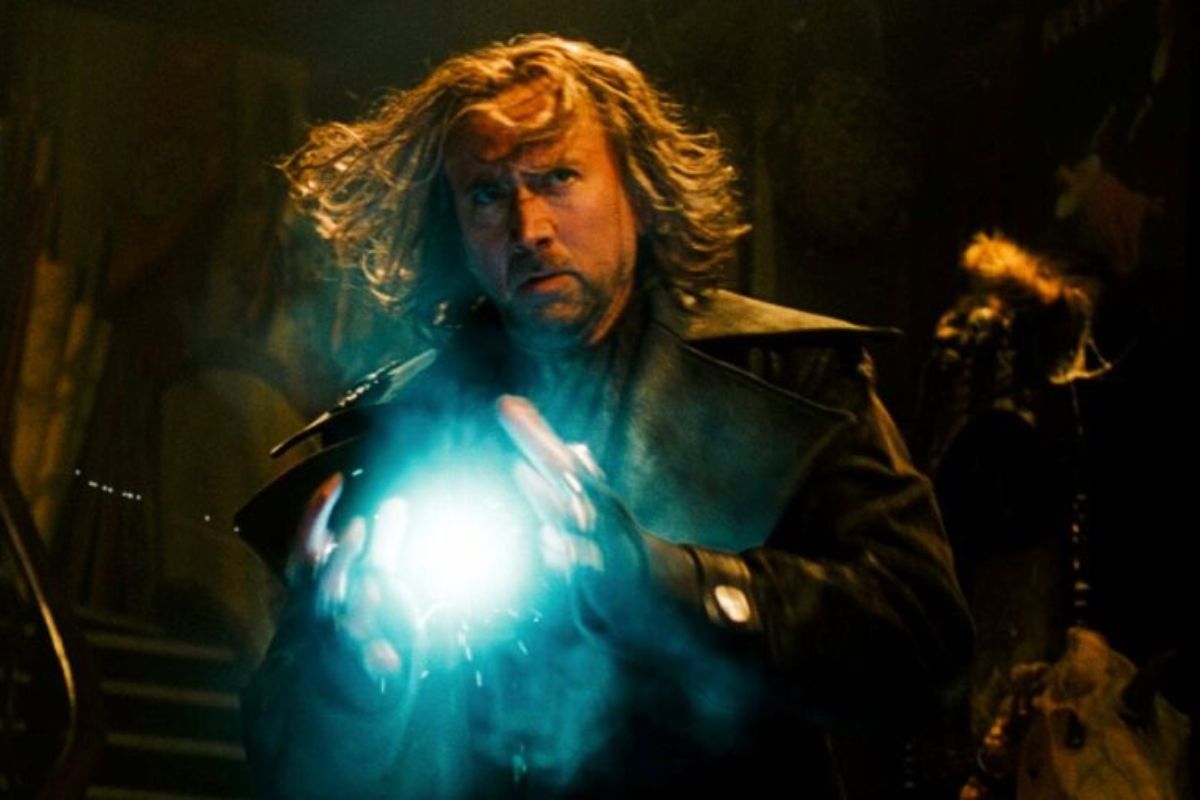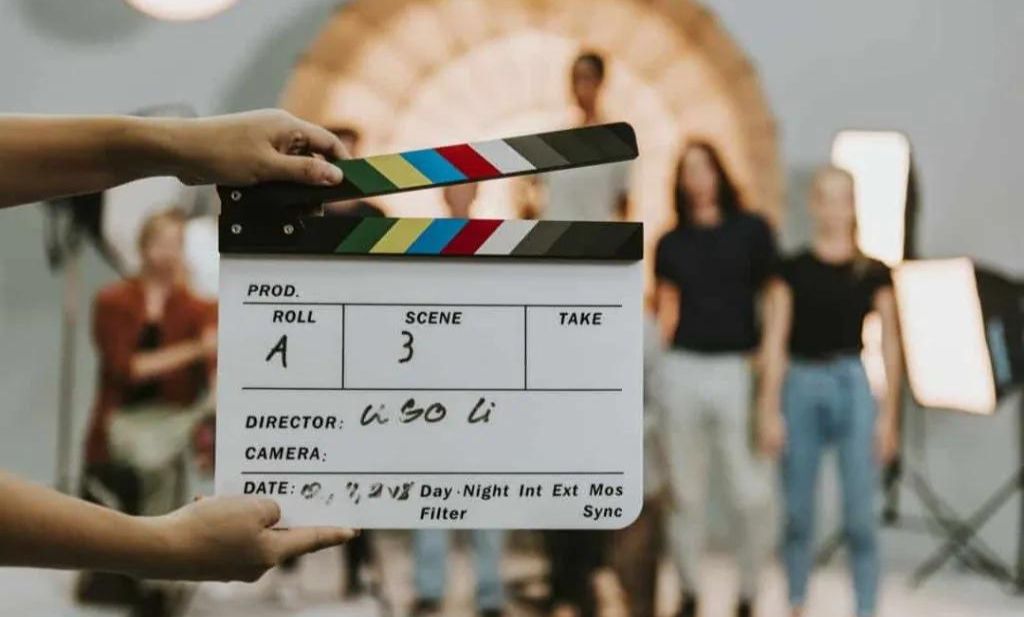Movie Review: Analyzing the Impact of Blockbuster Films
Blockbuster films have long been a staple of the entertainment industry, captivating audiences with their spectacle, star power, and gripping storytelling. These high-budget productions often dominate the box office and leave a lasting impact on popular culture. In this review, we’ll delve into the significance and influence of blockbuster films.
Firstly, blockbuster films have a profound economic impact, generating substantial revenue for studios, theaters, and related industries. Their massive budgets and wide distribution ensure widespread exposure and financial success.
Moreover, blockbuster films shape cultural conversations and trends, influencing fashion, language, and even societal values. Iconic characters and memorable quotes become ingrained in collective memory, transcending the screen to become cultural touchstones.
Additionally, blockbuster films often pioneer technological advancements in filmmaking, pushing the boundaries of visual effects, sound design, and immersive storytelling techniques.
However, the dominance of blockbuster films can also overshadow smaller, independent cinema, limiting diversity in storytelling and representation.
In conclusion, blockbuster films wield significant power in shaping both the entertainment landscape and broader cultural discourse. While their impact is undeniable, it’s essential to recognize and support a diverse range of cinematic voices to ensure a vibrant and inclusive film industry.

Movie review.
Movie Review: “The Green Horizon”
“The Green Horizon” is a captivating adventure film that takes viewers on a thrilling journey through uncharted territories and the depths of human resilience. Directed by acclaimed filmmaker James Reynolds, the movie offers a refreshing blend of breathtaking visuals, compelling storytelling, and stellar performances.
Set in a post-apocalyptic world ravaged by environmental disaster, the film follows the journey of a group of survivors as they navigate treacherous landscapes in search of a mythical sanctuary known as “The Green Horizon.” Led by the courageous explorer, Sarah Williams, portrayed with depth and vulnerability by Emily Stone, the ensemble cast delivers powerful performances that breathe life into their characters.
Visually stunning cinematography captures the desolate beauty of the world and the awe-inspiring landscapes encountered by the characters. From sweeping vistas of barren wastelands to lush, verdant oases, each scene is meticulously crafted to immerse the audience in the film’s atmospheric setting.
The narrative unfolds with a perfect balance of tension, action, and introspection, keeping viewers on the edge of their seats while exploring profound themes of hope, redemption, and the indomitable human spirit.
Despite its ambitious scope, “The Green Horizon” occasionally falters in pacing, with certain scenes feeling drawn out or underdeveloped. However, these minor flaws are overshadowed by the film’s overall impact and emotional resonance.
In conclusion, “The Green Horizon” is a cinematic triumph that will leave audiences both entertained and enlightened. With its captivating storyline, stunning visuals, and standout performances, it solidifies James Reynolds’ reputation as a visionary filmmaker. Whether you’re a fan of adventure films or simply seeking an unforgettable cinematic experience, “The Green Horizon” is not to be missed.

“We’re going to need a bigger boat.
“We’re going to need a bigger boat.” This iconic line, delivered by Chief Martin Brody in the classic film “Jaws,” has become ingrained in popular culture as a symbol of impending danger and the need for a drastic solution. uttered upon encountering the massive great white shark terrorizing the waters off Amity Island, the line captures the escalating tension and urgency faced by the characters. It serves as a rallying cry for the protagonists as they grapple with the enormity of the threat before them, highlighting the dire need to upgrade their resources in order to confront the looming danger head-on. Beyond its immediate context within the film, “We’re going to need a bigger boat” has transcended its origins to become a widely recognized catchphrase, often used humorously or metaphorically to convey a sense of being overwhelmed or outmatched by a daunting challenge.
What’s the average cost of making and selling a blockbuster movie?

The average cost of making and selling a blockbuster movie varies widely depending on factors such as production scale, talent involved, marketing budget, and distribution strategy. However, blockbuster movies typically entail significant financial investments.
On average, production budgets for blockbuster films range from $100 million to $250 million or more, with some exceeding $300 million. These budgets cover expenses such as hiring top-tier actors, directors, and crew members, as well as special effects, set construction, location scouting, and post-production.
In addition to production costs, marketing and distribution expenses can add tens of millions of dollars to the overall budget. Marketing campaigns for blockbuster movies often include extensive advertising across various media platforms, promotional events, and global distribution efforts to maximize box office returns.
Overall, the total cost of making and selling a blockbuster movie can easily surpass $200 million to $300 million, with some reaching upwards of $500 million or more. Despite the high costs involved, successful blockbuster movies have the potential to generate immense profits through box office revenue, merchandise sales, streaming rights, and licensing deals.
The first huge cost – The blockbuster.

The primary significant cost associated with producing a blockbuster film is the production budget itself. Blockbuster movies are characterized by their high production values, which include expenses such as hiring A-list actors, renowned directors, and talented crew members, as well as constructing elaborate sets, creating cutting-edge visual effects, and securing filming locations around the world.
The production budget for a blockbuster film typically ranges from $100 million to $250 million or more, depending on the scale and scope of the project. These substantial funds are allocated to ensure that the film meets the expectations of audiences for spectacle, quality, and entertainment value.
Moreover, the production budget often sets the tone for the entire filmmaking process, influencing decisions regarding casting, script development, visual effects, and overall creative direction. Therefore, the initial investment in the blockbuster production serves as a critical determinant of the film’s eventual success or failure at the box office.
Discovering the size of a blockbuster films.

Determining the size of a blockbuster film involves assessing various factors, including its production budget, marketing efforts, distribution strategy, and expected box office performance.
Production Budget: The size of a blockbuster film can be gauged by its production budget, which typically ranges from $100 million to $250 million or more. Higher production budgets often indicate larger-scale productions with extensive special effects, elaborate sets, and high-profile talent.Marketing and Promotion: Blockbuster films often have sizable marketing budgets to promote their release. The level of marketing investment, including advertising campaigns,
promotional events, and merchandise tie-ins, reflects the film’s perceived size and importance within the industry.
Distribution: The size of a blockbuster film can also be inferred from its distribution strategy, including the number of theaters it opens in and its global reach. Wide releases across multiple territories indicate a significant investment in distribution and a high level of anticipation for the film.
Box Office Performance: Ultimately, the size of a blockbuster film is often measured by its box office performance. Films that gross hundreds of millions or even billions of dollars worldwide are typically considered blockbuster successes, indicating their broad appeal and massive audience turnout.
In summary, the size of a blockbuster film can be determined by its production budget, marketing efforts, distribution strategy, and box office performance, all of which contribute to its cultural impact and financial success.
Other costs of making a movie.
In addition to the production budget, there are several other costs associated with making a movie:

Pre-Production Costs:
Before filming begins, there are expenses related to script development, hiring writers, securing rights to source material, and conducting pre-production activities such as location scouting, casting, and costume design.
Post-Production Costs:
After filming wraps, there are expenses associated with editing, special effects, sound design, scoring, and color correction. Post-production costs can be significant, particularly for films with complex visual effects or intricate sound design.
Insurance and Legal Fees:
Filmmakers often incur costs related to insurance coverage for cast, crew, and equipment, as well as legal fees for contracts, rights clearance, and intellectual property protection.
Marketing and Distribution:
Marketing and distribution expenses include promotional materials, advertising campaigns, film prints, digital distribution fees, and distribution to theaters or streaming platforms. These costs can vary widely depending on the size of the film’s release and the target audience.
Reshoots and Additional Filming:
Sometimes, additional filming or reshoots are necessary to improve scenes or address production issues. These additional shoots incur costs for reassembling cast and crew, securing locations, and equipment rental.
Overhead Costs:
There are general overhead costs associated with running a production company or studio, including salaries for executives, office rent, utilities, and administrative expenses.
Contingency Funds:
It’s common for filmmakers to budget for unforeseen expenses or emergencies by setting aside contingency funds to cover unexpected costs that may arise during production.
Overall, making a movie involves a complex interplay of various costs, from pre-production planning to post-production polishing, marketing, and distribution. Each of these cost categories contributes to the overall budget of a film and must be carefully managed to ensure the project’s financial viability.
Correlations and curiosities.
Correlations and curiosities” refers to the exploration of connections and intriguing phenomena within data or observations. In various fields such as statistics, science, and social sciences, researchers often seek correlations between different variables to uncover patterns or relationships.
Correlations involve identifying how changes in one variable may correspond with changes in another. For example, in economics, researchers might analyze the correlation between unemployment rates and consumer spending to understand how they influence each other.

Curiosities, on the other hand, refer to interesting or unexpected findings that may not fit existing theories or expectations. These can lead to further exploration and discovery. For instance, in astronomy, the discovery of unusual celestial phenomena may prompt scientists to investigate new theories or revise existing models.
Together, correlations and curiosities drive the process of inquiry and discovery in various fields, leading to a deeper understanding of the world around us and sometimes even breakthroughs in knowledge or technology. They inspire researchers to ask questions, explore new avenues of investigation, and uncover hidden connections that shed light on complex phenomena.
Frequently Asked Questions.
How do blockbusters movie arm money?
Blockbuster movies earn money primarily through box office ticket sales, where audiences pay to watch the film in theaters. Additionally, revenue streams include home entertainment sales (DVDs, Blu-rays, streaming), merchandise licensing, international distribution rights, and ancillary markets like television syndication and product placements.
How much money do blockbusters movie make?
Blockbuster movies can make hundreds of millions to over a billion dollars worldwide. The highest-grossing films often surpass $1 billion in box office revenue. Revenue sources include ticket sales, merchandise, streaming rights, and ancillary markets, contributing to the overall profitability of these successful cinematic ventures.
